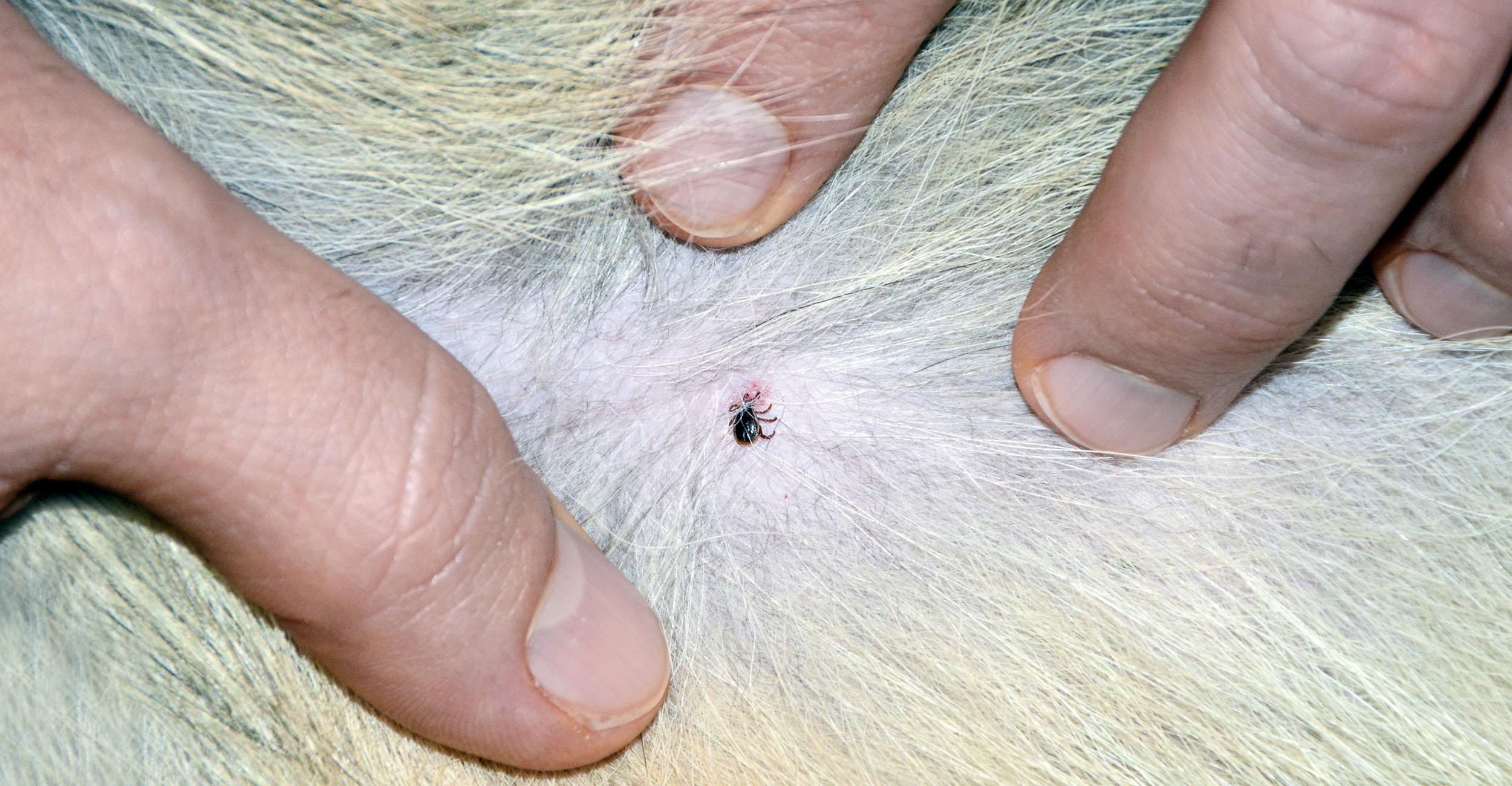
Ticks and fleas are a year-round problem for pets
Thursday, November 11, 2021
Media Contact: Trisha Gedon | Communications Specialist | 405-744-3625 | trisha.gedon@okstate.edu
Pet owners may think fleas and ticks are a seasonal issue, but experts with Oklahoma State University Extension say these pests can be a year-round problem.
“Ticks and fleas are an issue for all animals, but pets in particular,” said Dr. Rosslyn Biggs, OSU Extension veterinarian and director of continuing education for the university’s College of Veterinary Medicine. “Pet owners should consult with their veterinarian about what type of preventative measures are appropriate for their pet, but in general, all cats and dogs should receive flea and tick prevention all year.”
Ticks are responsible for most vector-borne diseases in the United States. Three types of hard ticks in Oklahoma are known vectors of human disease, including the American dog tick, which carries Rocky Mountain spotted fever; the lone star tick that carries ehrlichiosis; and the black-legged tick (often called the deer tick), which carries Lyme disease.
“While small, these pests can cause significant health problems in both animals and humans,” Biggs said. “Oklahoma’s biggest health issues are Rocky Mountain Spotted Fever and ehrlichiosis, illnesses that develop in both animals and humans.”
Although Lyme disease is often seen in the news, Biggs said Oklahoma typically has few reported cases of Lyme disease.
Adult black-legged ticks become active early in the fall and remain so until March or April. The Lone Star tick is found from early spring through late fall, and spring to early summer is the timeframe for the American dog tick.
Some symptoms a pet may display if infected include fever, loss of appetite, lethargy, neurological signs, weight loss and vomiting.
“If pet owners see any of these signs of illness in their pets, call your veterinarian right away,” Biggs said.
Treatment options in most cases require veterinary direction and prescriptions. She said pet owners should follow the recommendations of their veterinarian based on the animal’s clinical signs.
David Hillock, OSU Extension consumer horticulturist, said there are things homeowners can do in the landscape to help minimize tick and flea problems.
“Keeping your yard well maintained is key to keeping tick and flea populations under control,” Hillock said. “If you haven’t done so already, give the lawn one last mowing. In addition, keeping other vegetation trimmed will help cut down on pest populations. Fleas and ticks don’t like full sun and mowed areas.”
He also suggested removing dead wood, brush piles and other debris from around the home to take away pest habitat. In addition, pay particular attention to areas where pets spend time outdoors, especially if near wooded areas. Insecticide treatment may be necessary.
“Although the weather has cooled down, that doesn’t mean the ticks and fleas have gone away,” Hillock said. “In addition to treating your pet, addressing the environment is a good way to cut down on the tick population.”
Hear what Justin Talley, OSU Extension livestock entomologist, has to say about fall and winter pest management in this segment of OSU Agriculture’s television program SUNUP. Also, OSU Extension offers additional tick information online.
